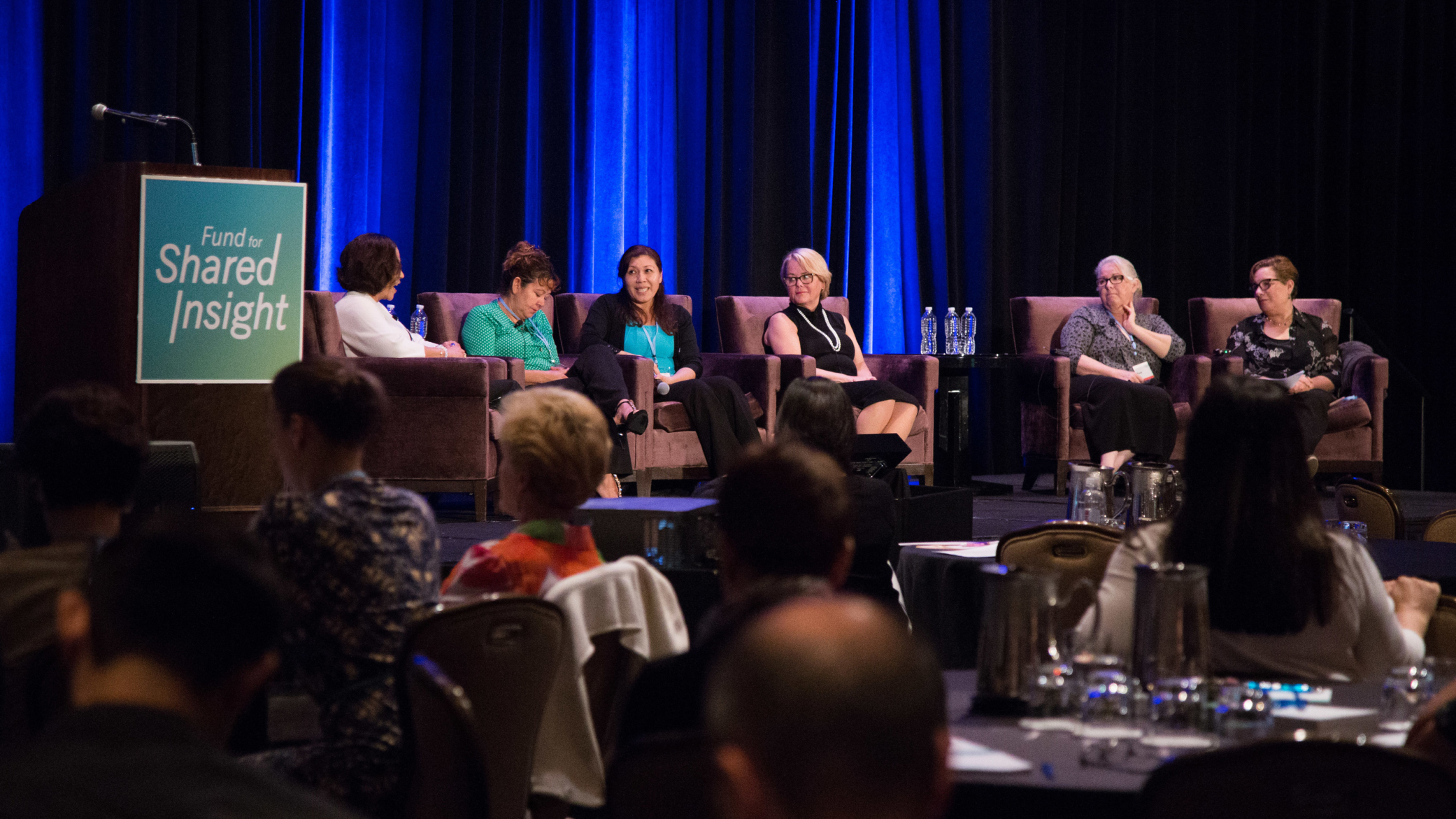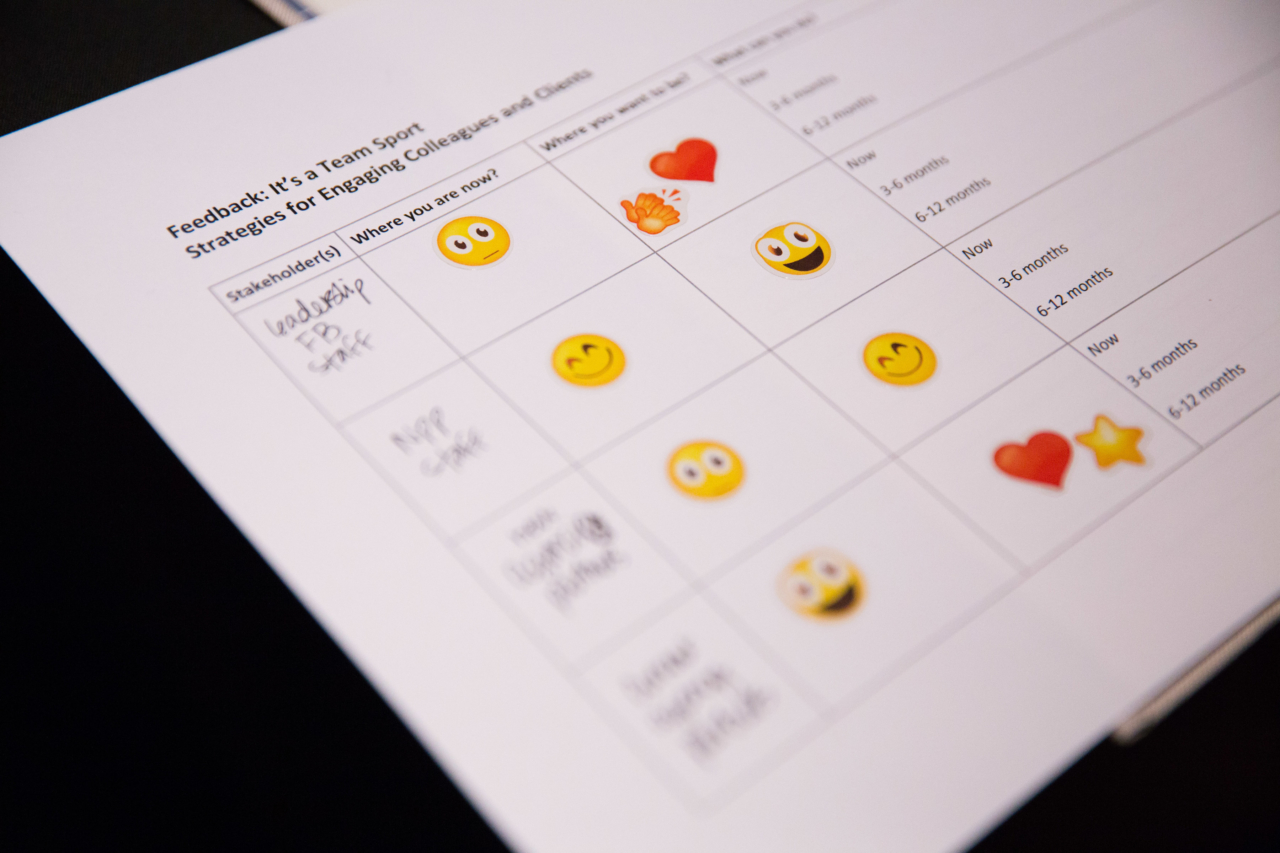How more nonprofits and funders are tuning into feedback from voices least heard—their customers

When Spins Ngugi Wamaitha counsels teens and young adults about sexual health and contraception in his native Kenya, the 20-year-old thinks of his kid sister Sarah, who’s three. For the past two years, Ngugi Wamaitha has been among a band of youths trying to enlighten peers and younger teens that the cultural stigma against contraception in this East African country is harming their futures.
“I don’t want my sister to end up in a bad situation where she would end up pregnant,” he said. “Thinking about that really encouraged me.”
Young mobilizers like Ngugi Wamaitha who can relate to peers in their community are the “glue” that ties together Future Fab, an innovative program coordinated by the London-based nonprofit Marie Stopes International aimed at improving reproductive health services in Kenya, said Anne Parker, the nonprofit’s global marketing advisor. The organization’s reliance on young mobilizers in its development of Future Fab as a “lifestyle” brand rather than a clinical health program came in response to feedback from a critical audience: the young Kenyans that Marie Stopes International aims to serve.
“The girls kept saying make the message relevant to their life,” Parker said. She described the feedback gathered by Marie Stopes International and the nonprofit design firm IDEO.org in a partnership supported by the William and Flora Hewlett Foundation, the Bill and Melinda Gates Foundation, and the Children’s Investment Fund Foundation. “It was just not good enough to expect girls to show up to clinics. We kept changing the model to a model that worked… We just started doing what girls said they wanted. That sounds extremely obvious, but it doesn’t really happen in public health.”
More often, the users of public health services “get what they’re given,” she said. “The difference is, we stopped and listened to what girls wanted. They’ve just been so important in creating this program.”
Eighteen-year-old Maleen Atieno Gunga of Nairobi is just one of many youths the Marie Stopes contraception dialogue has reached. Although Gunga said she had always been told contraception was a subject “only older people should be talking about,” she’s been inspired to encourage her peers to get involved with the Marie Stopes efforts.
This kind of feedback loop is just one example of a growing trend in the social sector: a more consistent effort to try to listen to the “customers” of nonprofits—the end users, or beneficiaries, of services and programs. Just as technology and new tools have made it easy for business owners to see customer reviews on everything from cars to restaurants, foundations and nonprofits are beginning to turn to user feedback as well. These initial efforts are making a statement about the future of philanthropy that revolves around listening to the voices of those being served.
“Listening is a way for funders to have more impact and better understand the problems by talking to the beneficiaries. That feedback is very important for effective philanthropy,” said David Callahan, editor of the Santa Monica, Calif.-based news website Inside Philanthropy, which he founded in 2014. However, the idea is “still an outlier trend,” he said. “It is an attempt to change how things are done. Most foundations still operate in more traditional ways.”
Are Funders Ready to Listen?
“The practice of listening to beneficiaries is staggeringly rare among nonprofits and grantee organizations—often for lack of resources or knowhow,” writes Larry Kramer, president of the Hewlett Foundation, in Stanford Social Innovation Review, a magazine and website for the social sector. With Hewlett support, the magazine has launched a new series on The Power of Feedback, which aims to bridge theory and practice, offering tools and advice from more than a dozen nonprofit, business, and philanthropic leaders who are part of this growing movement. Of the foundation’s own efforts, Kramer writes, “We have a ways to go to make that practice routine, let alone an integral part of our everyday grantmaking, but we are making progress.”
Margot Fahnestock, who ended her eight-year term as a program officer at the foundation earlier this year, suggests how human-centered-design approaches can benefit global development and population efforts by incorporating client voices. In providing support for the partnership between Marie Stopes International and IDEO, Fahnestock said the focus was gaining “simple insights from the teenagers themselves.”
“It was a very intentional co-creation with teenagers themselves about the experiences they would like,” she said. The result is a program that has created a safe environment for teen girls and boys to talk about their futures and learn why avoiding pregnancy at this time in their lives is a critical move—an important step for making progress toward the ultimate goal: lowering the high rate of teen pregnancy in Kenya and empowering women to choose whether and when to start families. There are now 22 centers located in Kenya’s urban areas, which are hubs for activities and events where these young mobilizers facilitate important conversations about sexual health, including testing for sexually transmitted infections and HIV. In 2017 alone, Future Fab provided services to 25,500 adolescents, including boys.






